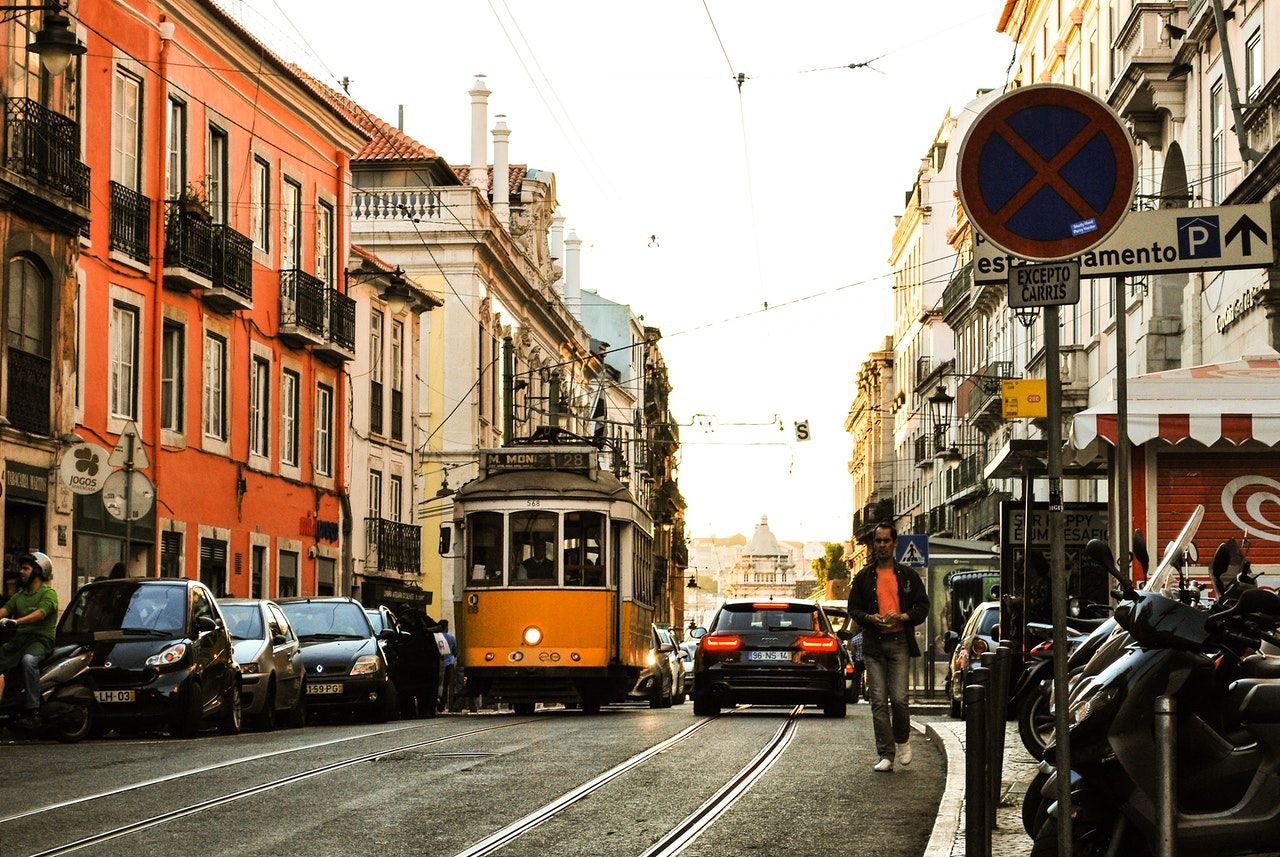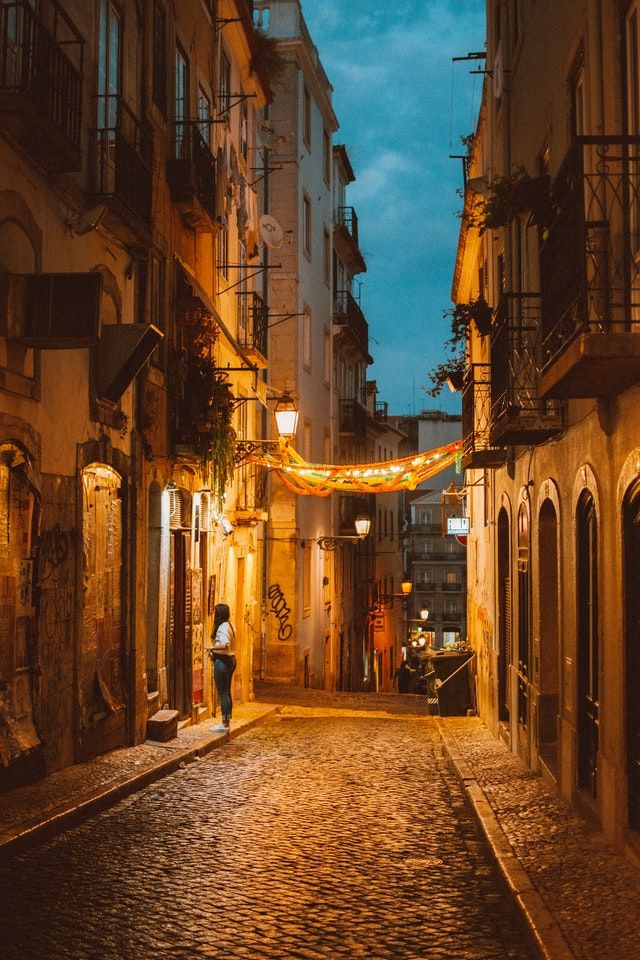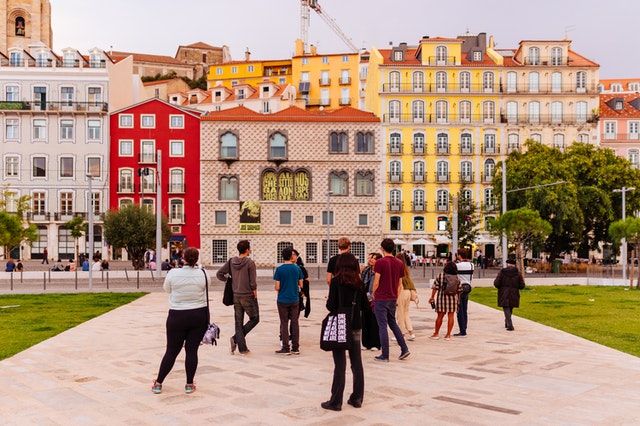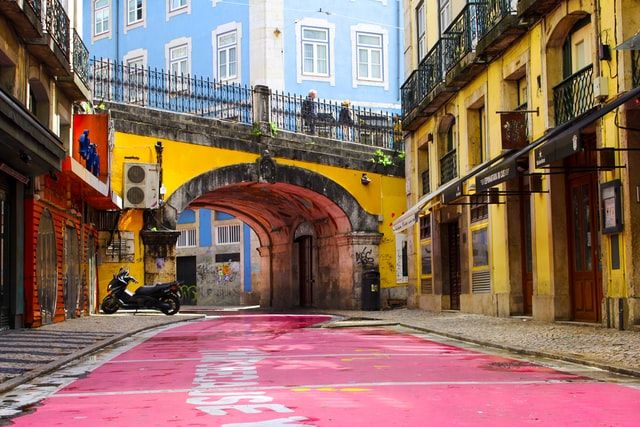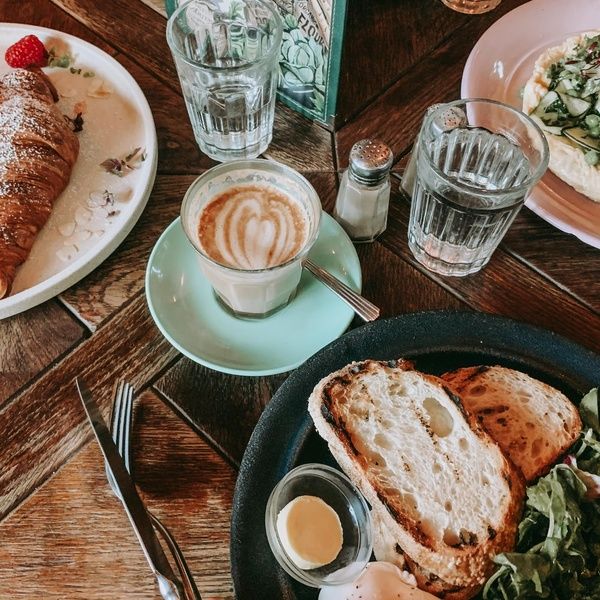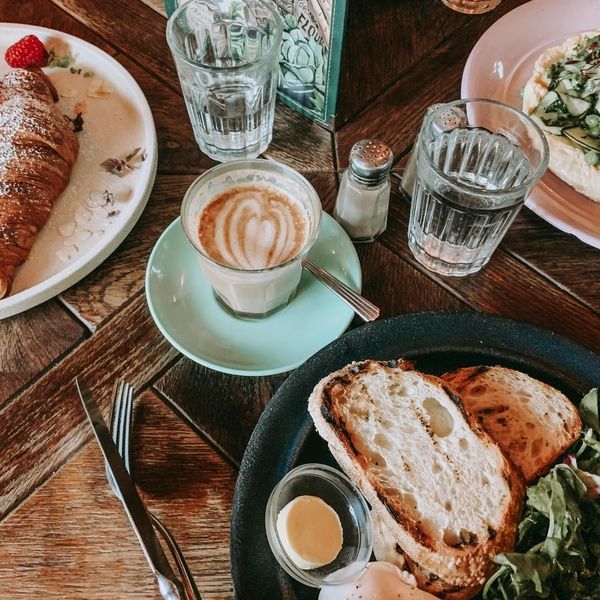The Portuguese capital is an amazing center of culture and education and so is much sought after by students and tourists. In addition to the good universities and stunning places to walk, there are many reasons Lisbon is a unique and irresistible city.
Do you really know Lisbon? Interesting facts about Lisbon
From the best things to do in Lisbon to the attractions that entice so many tourists to visit this region, there is a huge wealth of information available online. .
What we didn’t find, however, were some of the most curious and least known facts about Lisbon. The kind of things you only truly learn from living in the proud capital of Portugal.
We did our research and gathered 10 facts you might not know about Lisbon that you’ll love to discover.
1. Lisbon is not the official capital of Portugal
Yes it’s true. There is currently no official documentation indicating that Lisbon is the capital of Portugal, as exists for all other capitals.
Essentially, in 1255 D. Afonso III declared that Lisbon would become the country’s capital and it has remained so until today.
There can be little doubt that the city is the capital. Just don’t ask them to give you proof of it.
2. Lisbon is older than you might think
We all know that Lisbon is rich in history, but many people are unaware of its legacy.
The reality is that Lisbon is one of the oldest cities in the world, being even older than the capital of Italy,Rome.
Records also suggest that the only city older than Lisbon is Athens, which is effectively certified.
3. Lisbon’s classic trams are American
Whether to get to college or simply to enjoy the scenery and watch a beautiful sunset from the highest points of the city, one of the most famous attractions in Lisbon are the yellow trams that can take you to various parts of the city.
However, you might be surprised to learn that the trams you see winding through the streets of Lisbon are, in fact, American.
These icons of the capital are copies of the horse-drawn carriages that transported people through Harlem, New York, and New Orleans before moving on to rail.
Formerly, in Portugal, the trams of Lisbon were called “Americanos”.
4. Lisbon’s best attraction is invisible
When looking for the best things to do in Lisbon, it’s normal to opt for some museums, shops or cocktails in Bairro Alto.
However, the most fascinating thing to visit is actually virtually invisible for most of the year: the Roman Galleries.
These galleries are only open a few days a year in September due to the difficulty of access and the fact that they are flooded most of the time. Therefore, a lot of work is needed to prepare them for public visits.
It is worth mentioning that they were created by the Emperor Augustus, between the 1st and 1st centuries AD. If you get the chance to go, they offer a fascinating insight into Lisbon’s history.
5. Belem Tower was just a customs office
When looking at outstanding Portuguese landmarks, it’s hard to go beyond the Torre de Belém. The architecture and history behind this monument speaks for itself and that’s why so many people visit it every year.
However, recent findings suggest that this tower was built to be just a customs office, rather than serving as the defense of anything real. Still, this building is unavoidable and you must visit it.
6. Fado means destiny
A Portuguese custom that you will probably only get to know after spending a considerable amount of time in Lisbon is Fado.
Using the Latin word “fatum”, shows of this musical genre take place in restaurants throughout the city and are enjoyed accompanied by good food and wine.
Their themes, sometimes melancholy, come from the fact that they are written and set to music to talk about someone’s fate.
7. Lisbon has a Christ the King
Did you know that Lisbon has a Christ the King? This is among the best facts about Lisbon.
The Catholic monument was erected to celebrate the nation’s survival during World War II.
You’re unlikely to miss this great landmark, but it doesn’t hurt to learn a little about the history behind this great Lisbon attraction.
8. Lisbon’s Baixa Pombalina is the result of an earthquake
The beautiful Pombaline buildings that are now in Praça do Comércio were built after the earthquake.
Yes, the entire Baixa Pombalina, the famous attraction of the Portuguese capital, was rebuilt after being completely erased by Mother Nature.
9. You can walk on the Lisbon aqueduct
Did you know that you can walk and explore the Águas Livres Aqueduct, in the Alcântara valley?
Far from the prying eyes of tourist groups, this huge 18th century aqueduct is 19 km long.
It survived the 1755 earthquake and is now considered a UNESCO World Heritage Site.
10. Lisbon has one of the most expensive chapels in the world
The Church of São Roque was the first Jesuit Church in Portugal and one of the first in the world.
Considered one of the most outstanding examples of European art, the Church of São Roque has elaborate chapels adorned with gold from the Baroque architecture, among them is “the most expensive chapel in the world”.
Best streets in Lisbon
Among the great curiosities of Lisbon are also some of its peculiar and beautiful streets.
Every path, every corner and every highlight of the city is full of history. If you really want to feel the soul of the capital, you have to leave home and walk aimlessly through the best streets in Lisbon.
1. Rua da Penha de france
It’s worth leaving your student residence in Lisbon to discover Rua da Penha de França which is less than 2km away from you.
As it is a little unknown area, the good social facilities and the public transport network allow for a quiet and active life at the same time.
This area has evolved sustainably and is known for being safe and traditional.
It is also a very nice place to live and to watch the famous Santos Populares parade in Lisbon.
2. Adiça Street
In the Alfama district is Rua da Adiça. This street is one of the most authentic examples of Lisbon’s soul and lifestyle.
There you will find typical buildings from Alfama, its fountains, its inhabitants and the different generations that have lived there forever.
Walking around Adiça is the opportunity to be right in the center of the daily lives of the inhabitants of the streets of Alfama. t’s such a unique experience, you won’t want to miss it.
3. Rua da Mouraria
For visitors, Mouraria offers the opportunity to see the Portuguese capital in its most natural state.
Endowed with a unique vibe, Mouraria, which means “Moorish quarter”, has a rich history of community and solidarity. Today, this is most evident in the form of associations (cooperatives) and a thriving independent art scene.
This street is also the birthplace of fado, as it was where the first famous fado singer, the legendary Maria Severa lived in the 1800s. .
In this area you will also find very interesting tourist attractions such as:
- The Church of Our Lady of Health
- The Church of St. Kitts
- Largo do Intendente
To get there, just take tram 28 or the metro’s green line.
Painted streets of Lisbon
Rua dos Bacalhoeiros
Thanks to a measure implemented by the Lisbon City Council in 2020, which aims to increase the access of more people to streets closed to traffic, Rua dos Bacalhoeiros is now completely painted in blue.
Since the summer of this year, local merchants can set up their terraces on a beautiful new blue carpet, which attracts more tourists due to its peculiarity.
The pioneer of the blue cloak, Rua dos Bacalhoeiros, was joined by Nova da Trindade and João das Regras.
Pink Street Lisbon
Ruas de Lisboa Painted might remind you of Pink Street Lisboa, a street that if you don’t know, you really must visit.
Rua Nova do Carvalho, better known as Rua Cor-de-Rosa or Rua Rosa, is one of the most popular streets in Lisbon and definitely one of the city’s highlights of Lisbon nightlife.
When someone wants to have a drink with friends, be they locals or tourists, they run to Rua Nova do Carvalho as it is one of the trendiest and most modern places in the city.
The street was once known to be a crossroads for local criminals and prostitutes, but now those are just topics of conversation.
The interesting facts about Lisbon are endless.
Did you know that the Portuguese capital is home to the most expensive street in Portugal, Rua de Salitre? And that Rossio became the stage for several public executions including the first auto-da-fé? Or that the Vasco da Gama Bridge, inaugurated in 1998, is 12km long and is the longest bridge in the European Union and the second longest in Europe?
Yes, Lisbon is really an amazing city. Whenever you can, go out into the streets to discover it a little more.
